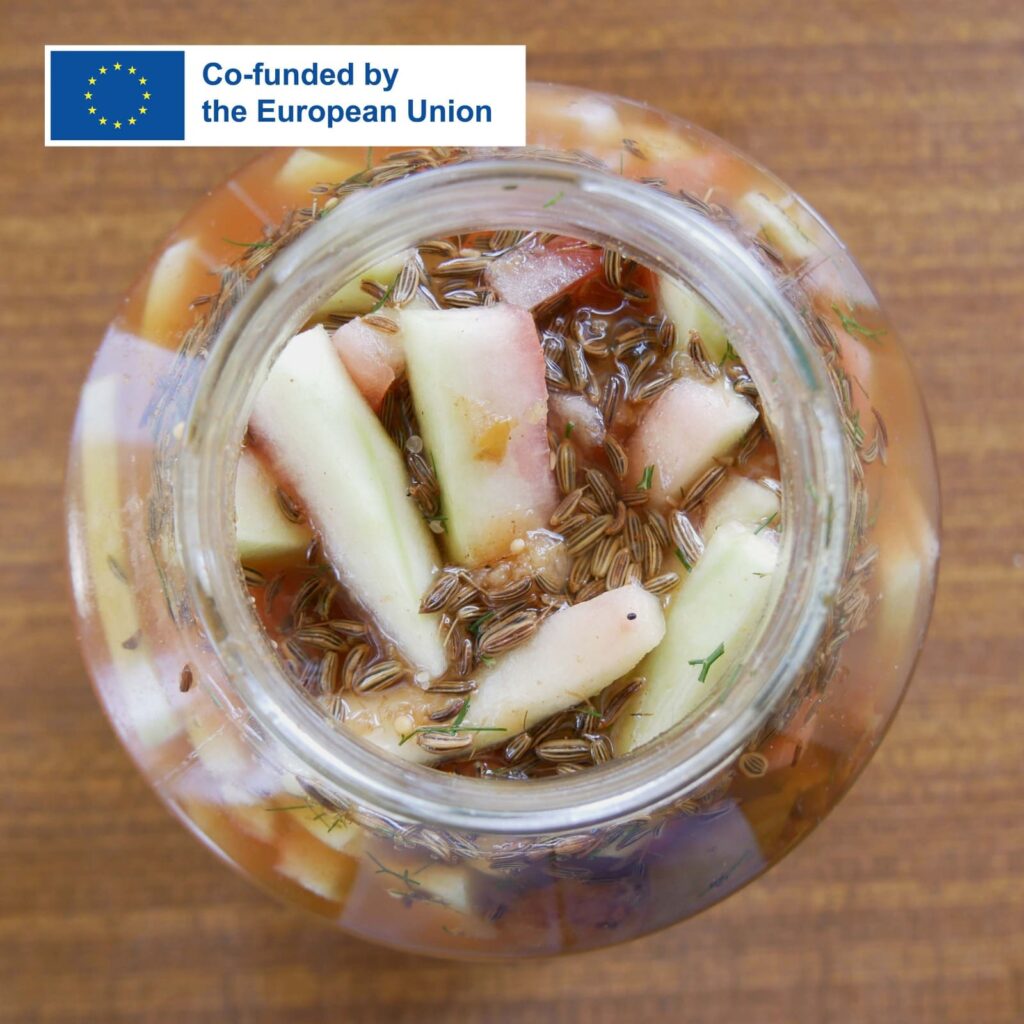Anti-waste approach to food consumption
In an environment where we produce some of the food we eat ourselves, and buy and store the rest, food takes on a different value. It becomes essential not to waste anything, to be mindful of what we consume and, above all, to learn to cook not what we want to eat, but what needs to be eaten ; so we try as much as possible to consume everything that is edible in a food, while looking for ways to make it as tasty as possible. This way, nothing is wasted, and every day we discover a bit more about the many flavours that can be created from the same food, and the creativity that the anti-waste approach offers us.
After learning, for example, how to make our own oat milk from the flakes we cook, preparing a milky drink by blending melon seeds, and even turning bad yoghurt into cheese, this week I tried recycling another food : watermelon rind, which represents a large amount of waste compared to the flesh consumed, even though it can also be eaten ! So I tried to make pickles from the ingredients I could find here, taking inspiration from the Japanese approach to flavours that I also discovered here, mixing four flavours: salty, sweet, sour and spicy.
To do this, I prepared a sour brine that would allow the pickles to ferment quickly, mixing homemade vinegar and water. I then added pear jam and cardamom for sweetness, red chilli and mustard seeds for spiciness, and a variety of herbs to add flavour and saltiness: fennel, caraway and cumin seeds, as well as fennel fresh leaves. After cutting the watermelon rind, removing the thin dark green layer that is not edible, I cut it into sticks and placed them in a jar. Then I boiled the brine and poured it into the jar until it covered the watermelon rind sticks. After that, all that remained to be done was to close the jar, wait for it to cool, keep it in the fridge for a few days, and enjoy these recycled pickles !
Maya


